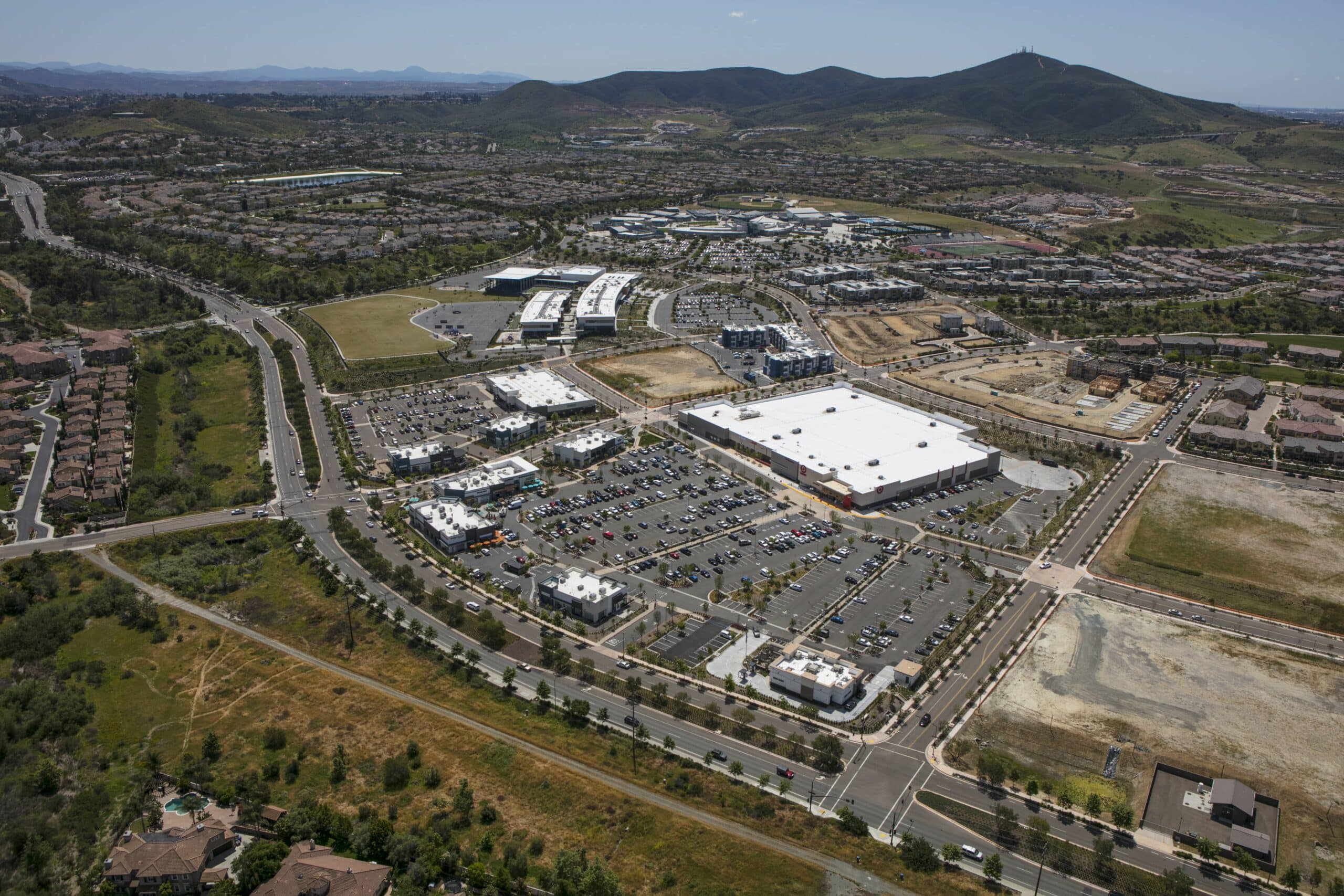- September 28, 2023
- Perspectives
The Science and Art of Commercial Real Estate Site Selection


Sam Lowder
Civil Professional
There is plenty of data for commercial real estate developers to help select new sites. Many want a way to feed it all through a software program and press a magic button to identify the perfect site. Unfortunately, that simple solution does not exist.
Artificial intelligence (AI) can help clean data, minimize manual tasks, and make better models—but it is a far cry from offering a one-click process. Site selection combines science and art—the science being data and modeling and the art being market knowledge and boots on the ground. Both are equally important to identify and minimize risks in selecting the best sites for commercial real estate.
The Science: Types of Data Collection for Site Selection
Each industry will use unique data sources for decision making, but all site selectors should consider area demographics, traffic volume, road structures, and proximity variables from sources like the U.S. census and mobility data.
Census Data
Demographic data builds off numbers collected from the U.S. census, a once-a-decade population and housing count identifying ethnicity, income, and economy in an area. After the initial survey, the data takes another two to three years to be released.
While the census provides a helpful baseline, localities evolve during data analysis and in between census periods, and demographic providers often need to model from the census year to the current date to discover emerging trends. Some providers are better at population growth forecasts, whereas others might focus on demographic changes. Understanding the strengths and limitations of each provider’s data will help guide your decision-making process.
Aggregated and Anonymized Mobility Data
Mobility data can provide insight into travel patterns, define trade areas, analyze cannibalization, and determine cross-shopping. However, mobility data is two-dimensional, only plotting device locations and activity on a flat surface. Therefore, solely relying on it can skew an analysis. Providers are working on methods to address the two-dimensional challenges, but the approach still isn’t perfect. For example: if you use the number of visitors as your performance variable, a location in a 30-story building could over-perform based on available data compared to a single-story location.
The Art: Getting Boots on the Ground
Despite rapid advances in technology and AI, they lack the human element of site selection. Data and projections also do not eliminate the need for in-person site analysis and market knowledge, which can provide irreplaceable first-hand insights for decision making.
Site Characteristics
A site can seem exceptional based on the data, key performance indicators, and metrics, but visibility, ingress and egress, topography, and more are vital to the success of a location. Spreadsheets do not show how visible a building may be from the road due to topography or landscaping, and they do not project how future development plans will impact the parcels of land.
Clarifying Data
Going to sites also helps clarify and verify data, and a site selection process that uses a high-level screening analysis is the best practice. If a site passes the initial survey, then more time can be spent determining that initial projections are accurate and fit with the first-hand site knowledge.
Successful real estate site selection is a balancing act of science and art. There may never be a magic button for site selection, but a combination of the right statistics and the human experience gives retailers the best insights to inform where they choose their next location.
About the Author

Sam Lowder
Sam has 25 years of experience in real estate analysis and site selection research. He provides strategies, planning, site selection analysis, and sales forecasting for chains of all types to help real estate developers excel in site selection and tenant prospecting efforts. His expertise includes grocery sales forecasting, real estate capital management analysis, ROI of expansion strategies related to operational improvements, capital expenditure investments, and contraction and expansion of brick-and mortar opportunities.
